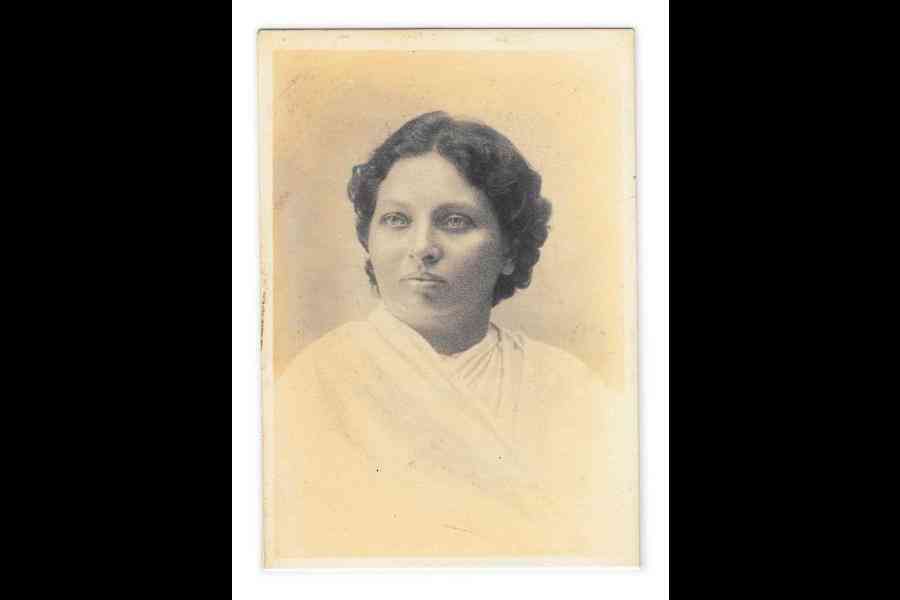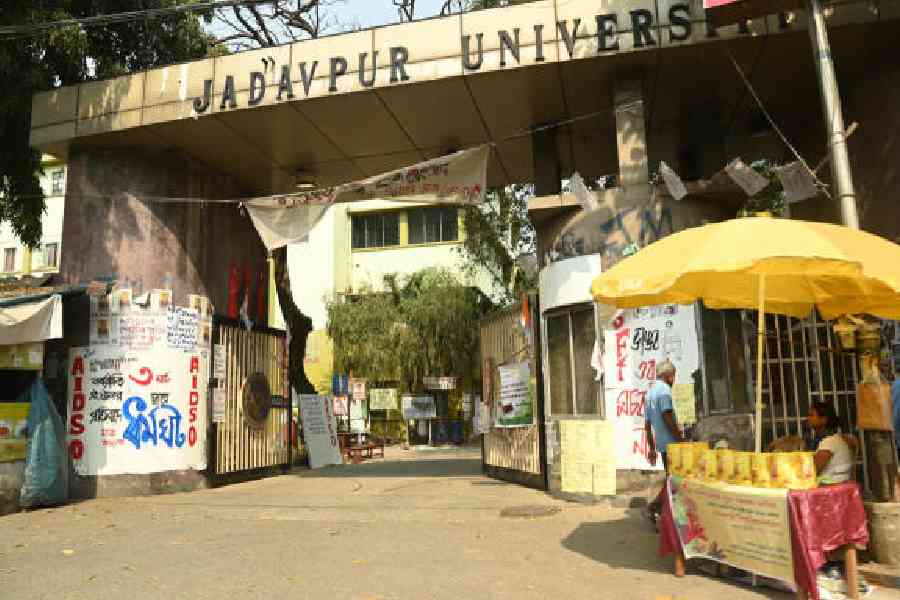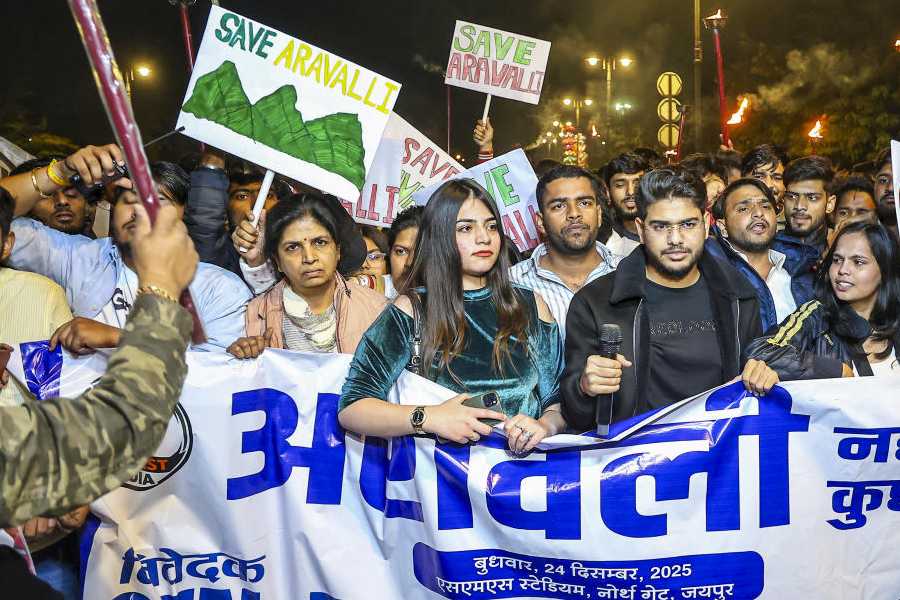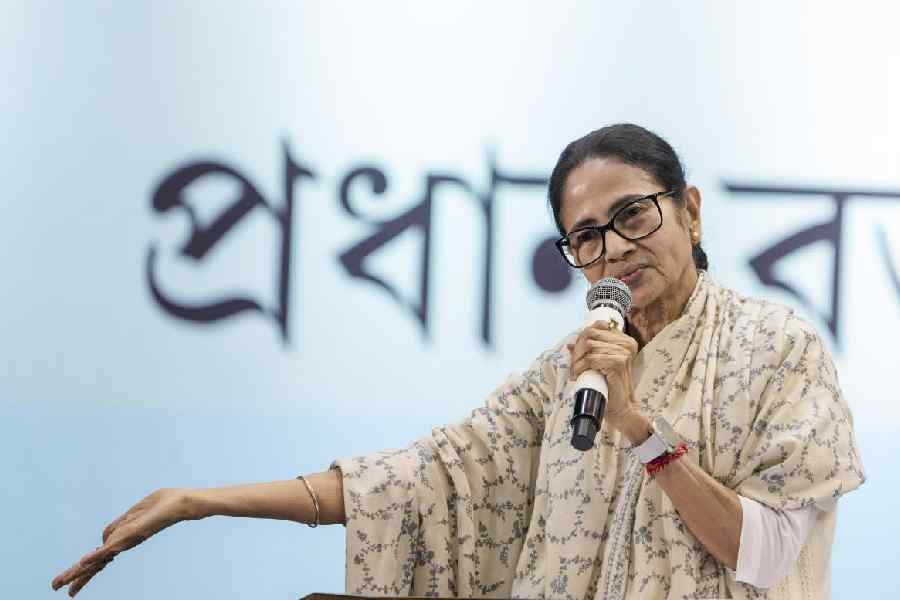Book name- FOR HOME, FAMILY, AND NATION: WOMEN AND THE POLITICS OF GENDER IN BENGAL, 1870-1947
Author- Aparajita Dasgupta-Sengupta
Published by- Orient BlackSwan
Price- Rs 1,335
Spanning a period of nearly eight decades, from the 1870s to 1947, Aparajita Dasgupta-Sengupta’s book is a meticulous study of the evolution of gender issues in nationalist politics in Bengal and the complex relationship among feminism, nationalism, and communalism during that period when the controversial figure of the ‘New Woman’ transitioned into the ‘modern’ woman of today.
The first three chapters deal primarily with late-19th-century colonial Bengal, focussing on the issues and the ideologies of love and marriage (including fictional representations of romantic love), the legal battles waged around widow remarriage and age of consent, and debates around dowry. Extensive quotations from contemporary journals and newspapers, popular literature, and didactic tracts of the time give the reader an expansive sense of the discursive field.
The book comes alive in Chapter 4 where we get to know what the women themselves were thinking and writing about their lives. But the author adds a cautionary note here: “To interpret the modalities of self-constitution explored by late 19th & early 20th c Bengali women in terms of today’s women movements, and to anachronistically extrapolate contemporary themes of autonomous agency and empowerment onto that historical situation, would be off the mark. It would be far more interesting, however, to examine the less easily discernible but nonetheless significant spaces that women wove through their writings… spaces that resist easy labelling… of silence or protest.”
She goes on to give us interesting examples of these writings — like the exceptional articulations of personal experiences of love in the autobiographies of Sadhana Bose and Hemantabala Devi. While the former delved into her romantic involvement with her husband-to-be, the latter uninhibitedly expressed her incompatibility with her husband. Yet another different instance was the epistolary romance between Priyambada Devi and Okakura Kakuzo, the Japanese Orientalist scholar and art historian who was a guest at Tagore’s Santiniketan, after they met in 1912. While Priyambada was reticent in her letters, she opened up more about her feelings in her personal notebook.
Chapter 5 focusses on radical feminist voices of the end-19th and early-20th centuries, notably Pandita Ramabai Saraswati (picture) and Tarabai Shinde, whose “critiques were the most important pieces of women’s writing on gender, and especially on the issues of widowhood”. Ramabai, in particular, the author reminds us, came under the attack of nationalists and a controversy erupted between her followers and those of Swami Vivekananda because of two contradictory viewpoints on the condition of women in India: “a glorified image of Indian womanhood” by Vivekananda as against the abject life (especially of widows) exposed by Ramabai.
In the 1920s and the 1930s, the prime issue with respect to women was how ‘modern’ they were, and how much of it was appropriate for an Indian and a Bengali. Citing Rajshekhar Basu’s sarcastic story of a young man’s search for a bride who would combine “traditional values” with “modern accomplishments”, the author shows, in Chapter 6, how such fictional representations were very often modelled on real-life persons — like Saroj Nalini Dutt and Ashoka Gupta. Saroj Nalini was the wife of Gurusaday Dutt, an ICS Officer, who, to this day, is remembered as a patron of the folk arts. He authored a biography of his late wife in 1929 for which Tagore wrote the Foreword and C.F. Andrews the Introduction. In Dutt’s projection, his wife indeed came across as the ideal that Basu’s protagonist had aspired for. In fact, she inspired many other young women of her time.
It is in these specific instances substantiating the evolving argument of the book that we find the most engaging aspect of a work that will remain a valuable resource on the subject of gender in Bengal.











